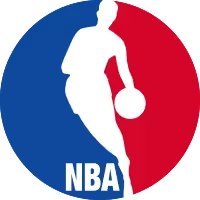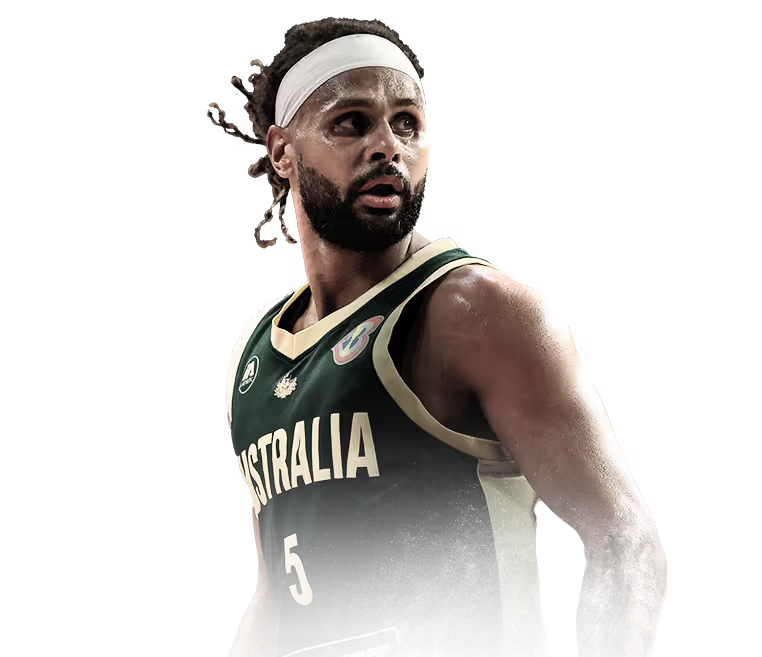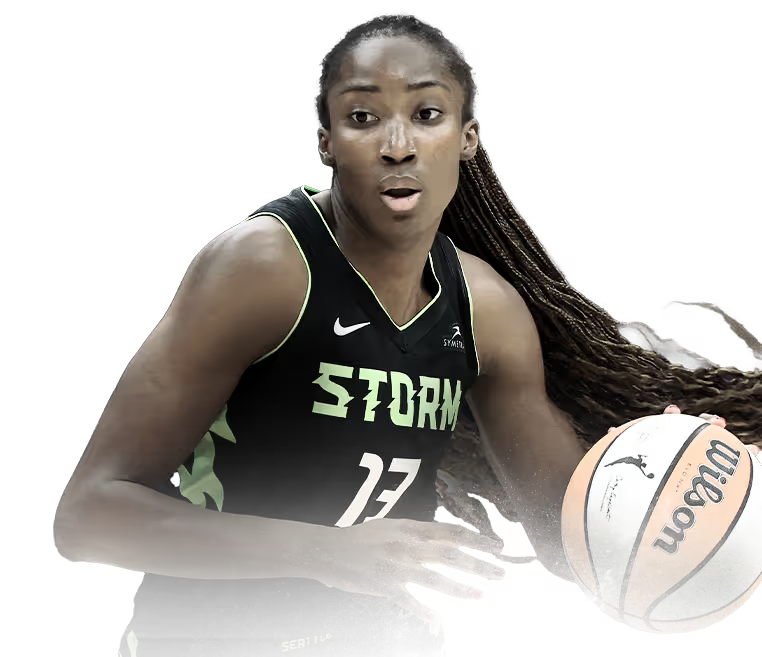

20
Nov
Key Takeaways
How new CBA will impact Aussie WNBA stars
WNBA stars set for historic salary surge as new CBA proposes increases to supermax and minimums
- Toronto Tempo's Sandy Brondello joins Cut to the Jase
- Complete Guide to Australians in the WNBA
- WNBA and Opals star Rebecca Allen joins Unrivaled
WNBA superstars are set for a more than 340% pay increase as part of the collective bargain agreement (CBA) being negotiated between the league and player's association in New York.
The WNBA's supermax deal is USD $249,244 but the new CBA pushes that to $1.1M as early as next season.
It is proposed the minimum salary will go from USD $66K to $220,000, which is a 233% increase.
The WNBA's ongoing collective bargaining agreement negotiations represent a pivotal moment for women's professional basketball, with ramifications extending far beyond American shores.
As the league and players' association work through complex discussions about salaries, revenue sharing, and professional standards, the outcome will likely influence the global landscape of women's basketball for years to come.
1. Revolutionary Salary Structure Could Transform Women's Basketball
The WNBA's latest proposal includes a maximum salary exceeding USD $1.1 million starting in 2026, with league minimums above USD $220,000 and averages surpassing $460,000. This represents a seismic shift, where the supermax sits at just USD $249,244 and minimum salaries start at $66,079.
These figures matter because they signal the league's recognition of its tremendous growth and the value players bring to the business. The proposed increases aren't just about individual compensation — they're about establishing the WNBA as a legitimate destination where elite athletes can build sustainable careers without relying heavily on overseas competition during the offseason. For Australian fans following players such as Ezi Magbegor, Alanna Smith, Bec Allen and Jade Melbourne and others who compete internationally, this could mean seeing more top-tier talent focused primarily on WNBA competition rather than splitting time across multiple leagues.
The salary structure debate extends beyond raw numbers to how those salaries are determined. Players are pushing for a system tied to basketball-related income, similar to the NBA model, rather than the existing fixed-rate increases of three percent annually. This difference in approach reflects competing visions for the league's financial future and could determine whether player compensation grows alongside the sport's expanding popularity and revenue streams.
2. Revenue Sharing Dispute Highlights Fundamental Business Philosophy Split
The most significant sticking point revolves around revenue sharing mechanisms, with both sides seemingly speaking different languages about what constitutes fair compensation structures. The players' association characterised the league's approach as putting "lipstick on a pig," suggesting the proposed system fails to adequately tie player compensation to business performance.
This disagreement matters because it reflects broader questions about how professional sports leagues should operate in an era of rapid growth. The WNBA has experienced unprecedented expansion in viewership, attendance, and corporate partnerships, yet the league maintains it's still working towards sustained profitability. Players want to share directly in this growth through revenue-based compensation, while the league seeks to balance salary increases with long-term financial stability.
For basketball fans, this tension illustrates the complex economics of professional sports, particularly in leagues still establishing themselves commercially. The resolution could establish precedents for other emerging professional basketball competitions globally, including potential future expansions of women's professional leagues in markets like Australia.
3. Alternative Leagues Create Competitive Pressure and Opportunities
The emergence of Unrivaled and Project B, of which Australian basketball legend Lauren Jackson is an advisor, as domestic alternatives to overseas play has fundamentally altered the negotiating landscape. Unrivaled's average salary of $200,000 and Project B's reported seven-figure compensation packages create external pressure on WNBA negotiations while providing players with additional leverage.
Smith and Allen have both signed on to play in Unrivaled next season.
These developments matter because they represent the maturation of women's professional basketball. Players no longer face the binary choice between WNBA salaries and overseas opportunities — they now have domestic alternatives that offer competitive compensation without the challenges of international travel and cultural adaptation. This shift gives players more negotiating power while potentially keeping more talent visible to American and international audiences year-round.
The international circuit model proposed by Project B, spanning Europe and Asia similar to Formula One, could also create opportunities for Australian venues and fans to see elite WNBA talent compete domestically. As these alternative leagues establish themselves, they may seek partnerships or expansion into markets such as Australia, bringing world-class women's basketball closer to local audiences.
4. Timeline Pressures Threaten Expansion Plans and Season Preparation
The compressed timeline for resolving CBA negotiations creates cascading challenges for the league's ambitious expansion plans. The Portland Fire and Toronto Tempo, who Australian Sandy Brondello will coach, cannot conduct meaningful roster building or promotional activities without knowing the parameters of the expansion draft, which depend on finalising the new collective bargaining agreement.
This timing matters because it affects not just the immediate season but the long-term growth trajectory of women's professional basketball. Delayed roster construction limits new franchises' ability to build fan engagement and corporate partnerships in their inaugural seasons. For international observers, including potential future expansion markets, these delays could signal organisational challenges that might influence decisions about further league growth.
The interconnected nature of expansion drafts, free agency, and regular season preparation means that every week without agreement creates additional complications. With nearly half the league's players set to become unrestricted free agents, the scope of personnel movement could be unprecedented, requiring significant time to complete once parameters are established.
The resolution of these negotiations will ultimately determine whether the WNBA can capitalise on its momentum or faces disruption that could slow its remarkable growth trajectory.
Exclusive Newsletter
Aussies in your Inbox: Don't miss a point, assist rebound or steal by Aussies competing overseas. Sign-up now!






























